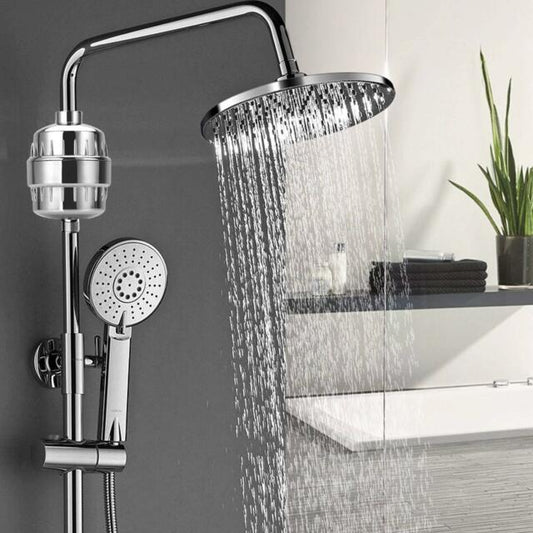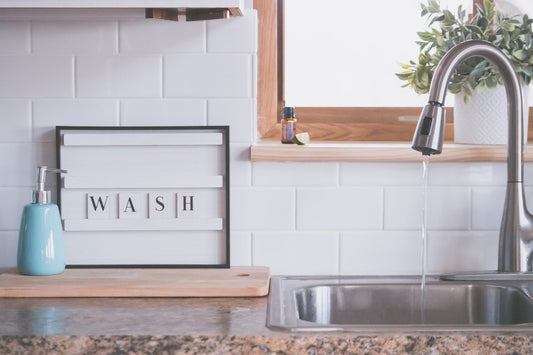How Often Should I Drain My Water Heater
If you are wondering whether you need to drain your water heater, you are in the right place. Read the article further to get an idea of when you need to perform this task and how you can do it.
What Happens If I Avoid Draining My Water Heater?
When homeowners avoid flushing out or draining the water heater, the sediment accumulated at the bottom of the heater insulates the water. Plus, it prevents the equipment from heating your water. Moreover, as time passes, more sediments will collect in your heater, and your water heater will need more time and energy to provide sufficient hot water.
You also need to know that if you avoid draining it for several years, it can damage your heater. Besides that, your machine can even stop working altogether.
How Often Should I Flush or Drain My Heater?
Each heater offers you different features and specs that determine the time you need to flush or drain the heater. But in general, you need to drain your water heater at least once a year to continue enjoying its optimal function.
Keep in mind if you are living in an area with hard water, which means it will have high mineral content, it’s better to drain your heater every six months. On the other hand, an annual cleaning is enough to help your heater work for a year if you get soft water. The best part is that performing the cleaning task once a year allows you to get hot water throughout your home. Therefore, your dishes stay clean, and you don't have to wait for the water to get hot before a shower.
How to Drain Your Water Heater?
So, now you know that you need to drain your water heater. But how will you do that?
Here are simple and straightforward steps to drain your water heater.
Step#1: Shut off Your Water Supply
Check the water pipe and shutoff valve at the top of the water heater going into your heater. You need to turn the valve to close the water flow in your tank.
Step#2: Turn Off the Power
You need to shut off the power of your heater before doing any further process. If not, you can burn out the heating elements of the machine. In the case of an electric water heater, you need to shut the power off from your electrical panel.
However, if you have a gas water heater, it’s better to turn off the heater’s thermostat. Or you can simply shut off the gas supply to the heater. Ensure to check the machine’s manual and follow the instruction given to perform the task mentioned by the manufacturer.
Step#3: Allow the Water to Become Cool
If your heater is working, the water in it can be extremely hot. It can cause you injury, so it’s best to allow your heater to get to room temperature by keeping it off overnight. This way, the water will cool down before you flush it.
Of course, it might be annoying to wait overnight. In that case, you can at least wait for few hours to save yourself from injuries. You can also take hot showers, as it will help speed up the process.
Step#4: Connects a Hose to the Drain Valve
Attach a garden hose to the drain valve, which you can find near the bottom of the heater. In addition to that, keep the other end of the hose to a drain or any safer place. If you are draining water outside, make sure it is far from your garden or other plantings. This is because the contaminants or the temperature of the water can hurt the plants.
Step#5: Open the Drain Valve
Now you need to open the valve from the valve opener. You can find it on the side of the valve or near the bottom of your water tank. Make sure that all the water in the heater drains out.
Step#6: Turn Cold Water
When your water heater gets empty, you need to turn on the old water supply. It will help you rinse out the remaining sediment at the bottom of the tank. Let the water run for few minutes, and keep an eye on the hose to verify if it runs clear. You can turn off the supply after getting clean and clear water from the hose.
If you are confused about whether your heater is clean, you can fill the water in a glass from the hose. Then, shut off the supply and wait for a couple of minutes to see if sediments start to settle at the bottom. But if you get impure water with residues, it’s better to flush some more water.
Step#7: Disconnect the Hose
You need to disconnect the hose from the valve. Also, bring a dry and wet vacuum to suck out possible sediments in the opening. This sediment can combine with the water when you shut it off. Or it can also prevent you from closing the valve entirely. So, cleaning it will help you prevent leaks.
After cleaning the drain valve, you can open the cold water supply again.
Step#8: Open Faucets
You also need to open the hot water faucets throughout your house until water starts flowing out. This way, you can prevent air from trapping in your faucets and pipes.
Don’t worry if you notice any sediment or rust coming out with water. The water will begin to come clean and clear in a couple of minutes. Then you can also turn off the faucets.
Step#9:Restart Water Heater
Now, you can turn on the thermostat or power of your water heater. Depending on your tank and heater, you will get hot water in around 15 to 20 minutes. The best part is that your heater will operate more efficiently.
You can read about our other popular reviews on Culligan, Kinetico, Rayne Water, and waterboss.
Bottom Line
In a nutshell, you need to drain your water heater twice a year if you have hard water or once if you have soft water. It is important to note that hot water can be dangerous for your health. So, if your heater can't treat your water, you also need to install a water softener.






